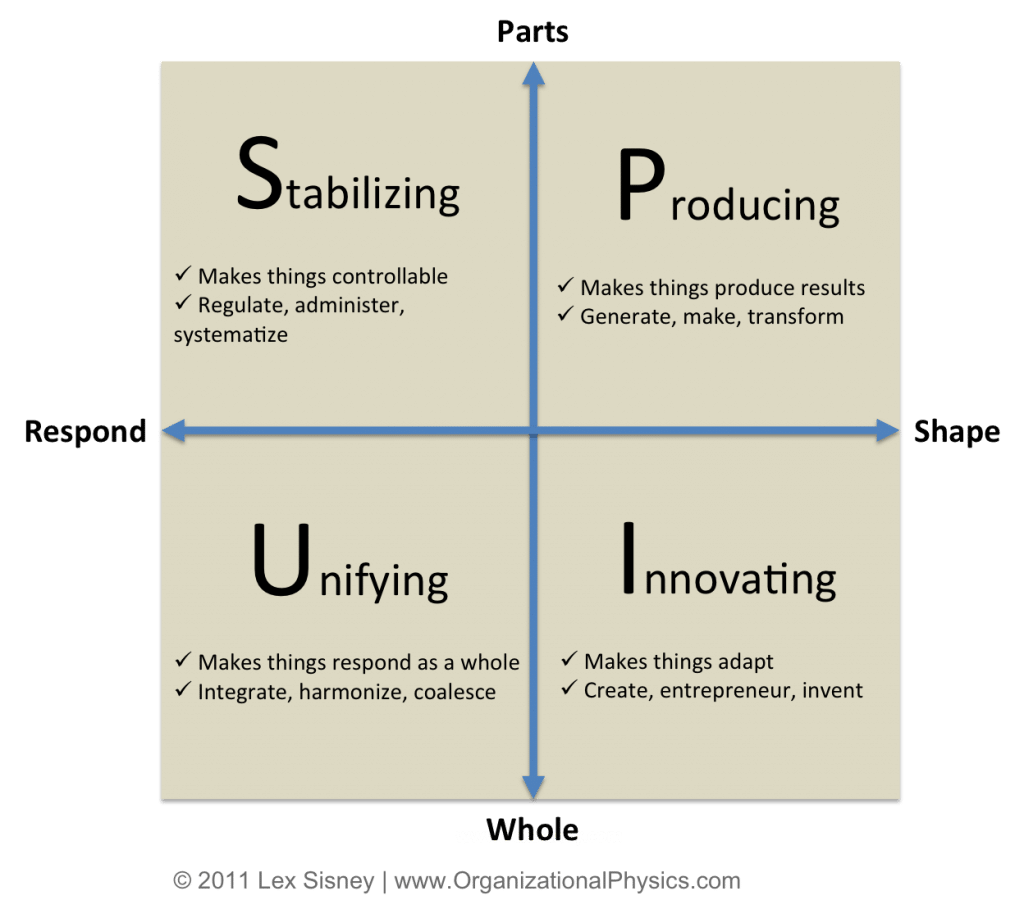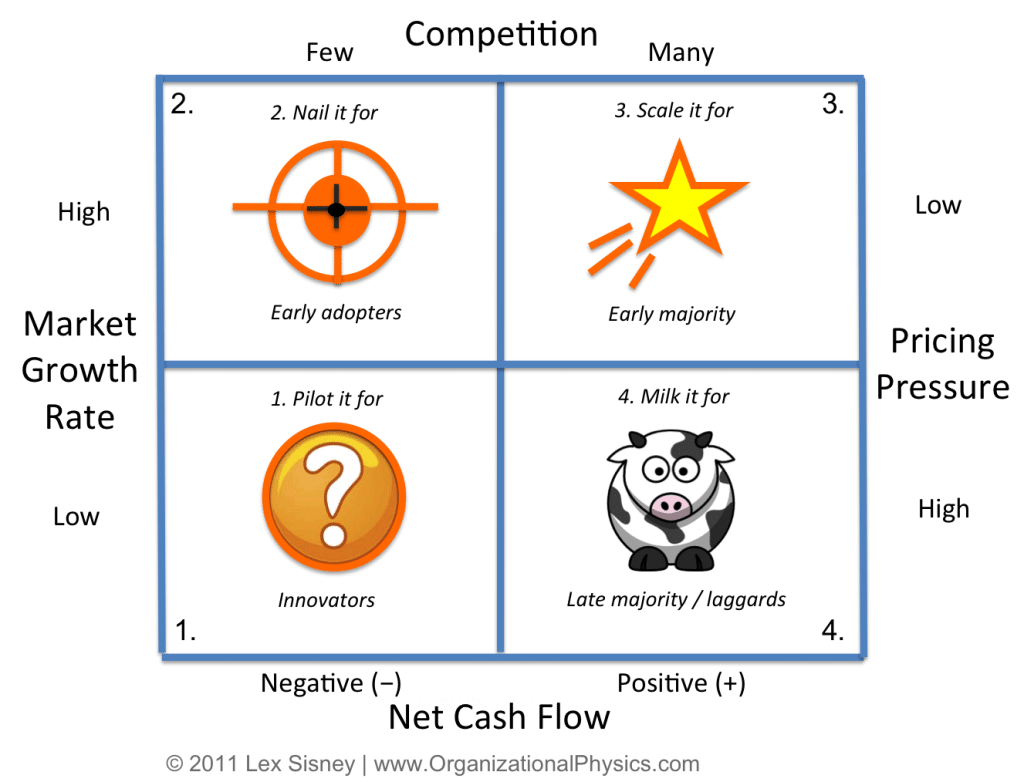Organizational Physics Business Acceleration Coaching
Q4 of 2011 was a big period for me. I successfully restructured 3 fast-growing companies while personally coaching 17 entrepreneurs and business leaders. Wow! I’m grateful for the opportunities and to participate in some awesome results. What kind of results? Here’s a snapshot:
- A company with flat sales the past two years was struggling with accelerating growth. The company co-founders were feeling burned out. We reset the strategy, restructured the organization so the founders could escape low-value tasks, repositioned the story to appeal to investors, and accelerated the product development process. The result? The company raised over $500K in financing, launched a new killer app, and already has a full sales pipeline for 2012.
- A 5-year-old company had been losing money since its inception. It had a strong culture but was suffering from customer turnover and too many competing priorities, with no way to manage them effectively. We implemented a new go-to-market strategy, restructured the company for clearer ownership, and streamlined the decision-making and product development processes. The result? The company reached cash flow profitability for the first time and is poised to grow from $3M to $7M in 2012.
- After Google changed its AdSense algorithm, a 7-year-old international internet company lost 90% of its revenue overnight. Ouch. At the same time, the founder was feeling ready to move on and pursue the next new thing. What did we do? We quickly sold off the business for over six figures, netting a nice profit. Then we launched an entirely new business that the founder is truly passionate about.
My goal this quarter is to reach a new audience of entrepreneurs and business leaders. I have a few slots open. There’s no better time than right now to align and activate for the coming year around proven principles that drive results. If 2012 […]



